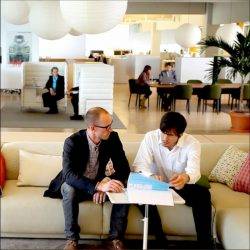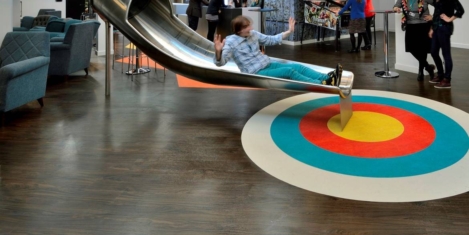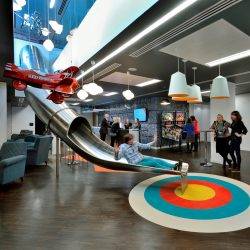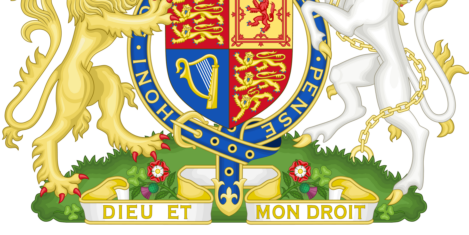December 17, 2018
Don’t be a turkey, get on the commercial property gravy train
 Last week, the RICS Commercial Property conference tackled the biggest issues impacting the built environment sector, arming delegates with fragments of the formula for future success. The morning CEO Question Time panel put a trio of CEOs in the spotlight. In addition to airing concerns about the current political climate, rapidly shifting societal attitudes, diversity and inclusion, the ageing population coupled with the ongoing housing shortage, climate change and the complexities involved in exploring new business models to drive and diversify revenue, they all zoomed in on the accelerated pace of change we’re witnessing, crowning it the key challenge for today’s C-suite.
Last week, the RICS Commercial Property conference tackled the biggest issues impacting the built environment sector, arming delegates with fragments of the formula for future success. The morning CEO Question Time panel put a trio of CEOs in the spotlight. In addition to airing concerns about the current political climate, rapidly shifting societal attitudes, diversity and inclusion, the ageing population coupled with the ongoing housing shortage, climate change and the complexities involved in exploring new business models to drive and diversify revenue, they all zoomed in on the accelerated pace of change we’re witnessing, crowning it the key challenge for today’s C-suite.
































January 3, 2019
Anti-team legislation can make us slaves to individual rights
by Helen Jamieson • Comment, Flexible working, Workplace
Society is becoming more selfish. At least that’s what the most commonly held view on the issue suggests, and it’s only set to get worse. Whether or not you believe the headlines, my 20 plus years’ experience as an HR consultant has led me to believe the hype. Increasingly many (I stress, not all) employees no longer see themselves as part of a team, but are increasingly ‘lone wolves’ single mindedly pursuing their needs and wants above those of the team. Each decision they make is with ‘I’ first and foremost, with ‘we’ maybe just a passing thought. It could be argued this was inevitable. How do you create a culture of team engagement, and group morale when for decades UK workplace legislation has focused almost exclusively on Individual Rights, rather than the ‘rights’ of the group? I’d argue it is simply not possible to develop successful teams where each individual has numerous legal rights but no corresponding responsibilities. My wish for 2019 would be for the government to set out a ‘responsibility’ alongside every ‘right’ it confers.
(more…)